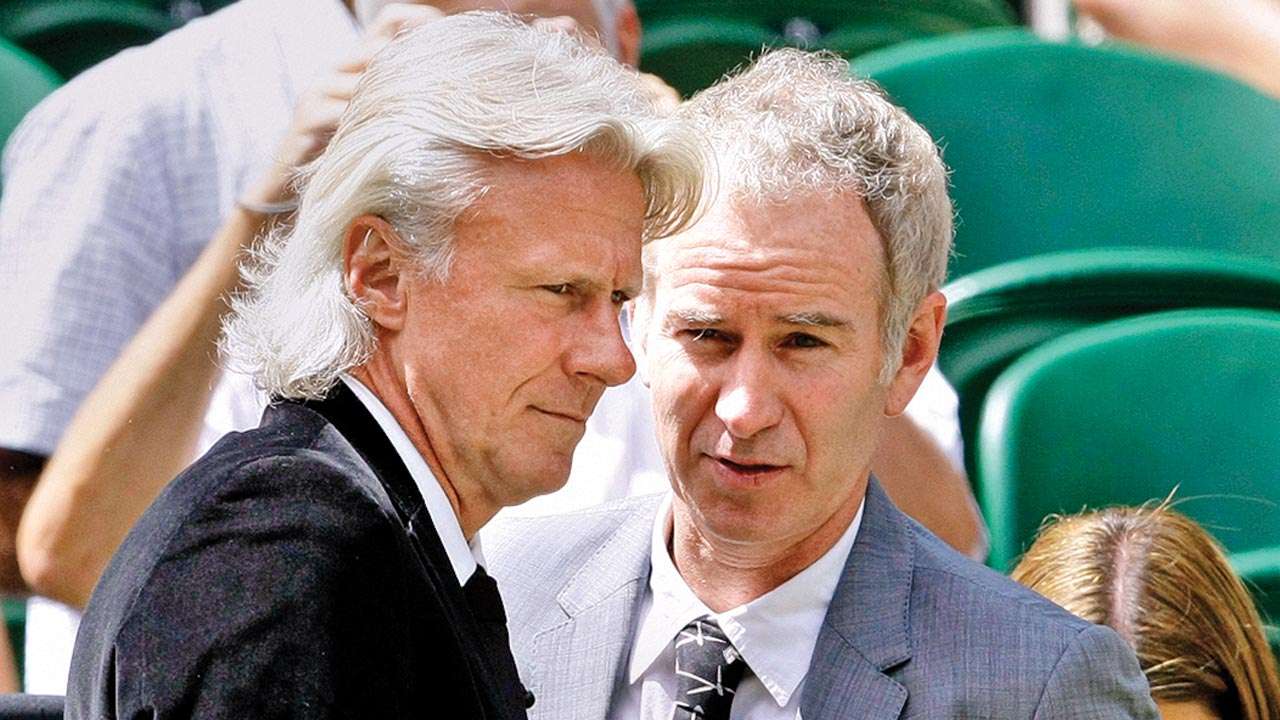
To beat the cruel Chennai summer, I binged on novels, beginning with Kazuo Ishiguro’s stories of a woman from post-nuclear-explosion Nagasaki (Pale View of the Hills), a Japanese artist troubled by guilt for promoting pre-war militarism (Artist of the Floating World), an old world English butler’s suffocating moral dilemmas (The Remains of the Day), and a detective investigating his parents’ disappearance in Shanghai (When We Were Orphans).
What grips me in Ishiguro is the oblique style — like a sudden sidelong glance, like the scent of jasmine on the fitful breeze. Obviously limpid, simple, transparent, it plays hide-n-seek, invokes contradictions, subverts meanings.
Memory, imagination and delusion are so conflated that like you and me in life, his characters cannot always make out what is real and what is not. And I ask myself: what inner turbulences does the writer grapple with? How does he control and channel them through the icy silence of his writing, to catch fire in the reader’s mind?
Ishiguro turns inward to find what he wants to say. Striving for excellence is a mission. He crafts his own style with single minded energy, where not even a caesura is out of place. With electrifying control and restraint, he regulates the flow to give tantalising glimpses of what lies beneath the bland surface — minds-in-torment and souls-in-ferment, at times reaching stoic reconciliation.
Wondering how so deadpan a style could lay bare such harrowing content, I turned on the television and stumbled upon the same paradox: Borg vs McEnroe. Having missed the film last year, I was delighted to be able to slip back into my youthful adulation for Bjorn Borg, the first rock star of tennis. Like his fans the world over, I had exulted over his five incredible Wimbledon wins. With my friends, I bit my nails off when ‘Ice’ Borg beat ‘Fireball’ McEnroe, and choked with grief when the Swede lost the following year.
The man himself revealed no trace of emotion in victory or defeat. Making fun of this superhuman control, Mad Magazine did a series of Borg drawings, labelling his many moods as angry, anxious, gloomy, grouchy, scared, happy, but under the same picture, with the same expression: stony!
Around that time, my doctoral research included some philosophy from the Bhagavad Gita, and I amused myself by applying the ideal of the unflappable ‘sthitaprajna’ to Bjorn Borg. How could I guess then that Robert Redford would direct a golf film along the same lines, with Matt Damon as Junuh-Arjuna and Will Smith as Bagger Vance-Bhagwan? I imagined that the imperturbable Swede knew just why the invincible Arjuna saw nothing in the universe except the eye of the bird that his arrow had to hit.
As a film critic, I usually analyse every film I see. But not Borg vs McEnroe. Perhaps because with plain style and predictable camera, director Janus Metz had hit a note of sincerity as he explored something I had long speculated about. What lay beneath the frozen face of the world’s most enigmatic tennis icon? His flashbacks reminded me that Bjorn the boy had thrown tantrums on court, was condemned as not quite right in the head, and other parents didn’t want him to be associate with their children.
A brilliant Stellan Skarsgard plays coach Bergelin, who helps his disciple to build the armour of detachment, charioteering him with the mantra, “Channel your anger, fear and panic into the game, one point at a time.”
Sverrir Gudnason makes an amazing Borg (without the cross-eyed look), harnessing glance, gesture and silence to individuate the Borg myth: zero emotion achieved at the cost of constantly suppressing the volcanic lava surging within.
The film drops myth and cuts into life when an anguished Borg stands under the shower, beating his chest. Not with dreams of victory, but with fears of defeat. Like you and me. Not a cold legend now. Only a traumatised boy. The epic battle of Wimbledon 1980 looms ahead. “People won’t remember I won four times, only that I lost the fifth time.” He screams at coach and girlfriend, but staggers back from the abyss to walk tall once again.
Two moments stand out: McEnroe storms into the dressing room. Borg greets him with a tremulous smile. Disconcerted, American looks away. When McEnroe gets distraught during the crucial final, Borg lightly touches his shoulder to say, “It’s all right. It’s a great match. Just play your tennis.”
Bjorn Borg’s working class background had made authorities advise him to quit tennis, “A gentleman’s sport, not suited to all levels of society.” But we know that class is not a matter of birth. Culture goes with self-control, and genuine focus makes you understand what others think and feel — whether you are a writer, a tennis player, or a human being.
The author is a playwright, theatre director, musician and journalist. Views are personal.